Click on image for full size
Corel Photography
El Nino is Brewing Again
News story originally written on September 19, 1997
El Nino is a disruption in the ocean-atmosphere system in the tropical Pacific. It has global consequences. When there are El Nino conditions in the Pacific, one can expect weather changes all over the world.
El Nino is thought to happen every 2-7 years. It was first named El Nino (the Spanish term for a boy child) because the conditions first appeared off the coast of South America around Christmas time, the time when the birth of the boy child Jesus is celebrated.
Two Earth-orbiting satellites have just provided convincing evidence that this weather-disrupting phenomenon, El Nino is back and strong. NOAA (the National Oceanic, Atmospheric Administration) has even issued advisories because of these recent satellite findings.
Many scientists and civilians are worried about an El Nino in the future because of what the "El Nino of the Century" brought in 1982-1983. This past El Nino brought increased rainfall to the Southern U.S. and certain countries in South America causing flooding estimated to have cost these countries billions of dollars. To Australia, Africa, and Indonesia it brought severe drought, which caused horrible brush fires. Hopefully, satellites will help scientist make better predictions so future El Ninos are not so devastating.
You might also be interested in:
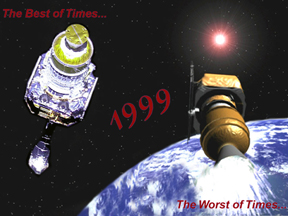
It was another exciting and frustrating year for the space science program. It seemed that every step forward led to one backwards. Either way, NASA led the way to a great century of discovery. Unfortunately,
...more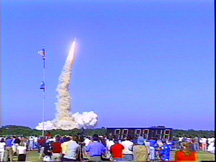
The Space Shuttle Discovery lifted off from Kennedy Space Center on October 29th at 2:19 p.m. EST. The weather was great as Discovery took 8 1/2 minutes to reach orbit. This was the United States' 123rd
...more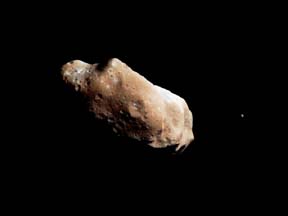
A moon was discovered orbiting the asteroid, Eugenia. This is only the second time in history that a satellite has been seen circling an asteroid. A special mirror allowed scientists to find the moon
...more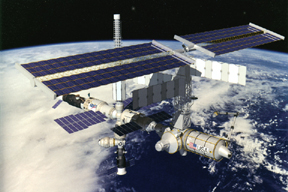
Will Russia ever put the service module for the International Space Station in space? NASA officials want an answer from the Russian government. The necessary service module is currently waiting to be
...more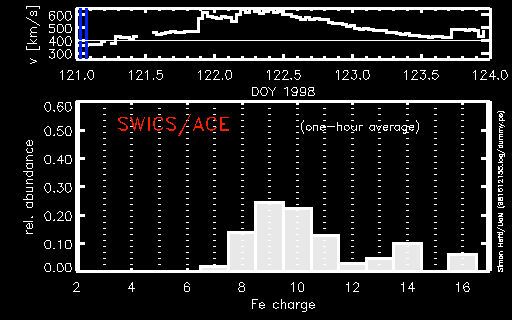
A coronal mass ejection (CME) happened on the Sun early last month. The material that was thrown out from this explosion passed the ACE spacecraft. The SWICS instrument on ACE has produced a new and very
...more
J.S. Maini of the Canadian Forest Service called forests the "heart and lungs of the world." This is because forests filter air and water pollution, absorb carbon dioxide, release oxygen, and maintain
...more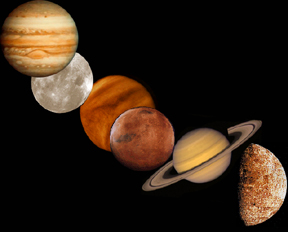
In late April through mid-May 2002, all five naked-eye planets are visible at the same time in the night sky! This is includes Mercury which is generally very hard to see. You won't want to miss this!
...more















